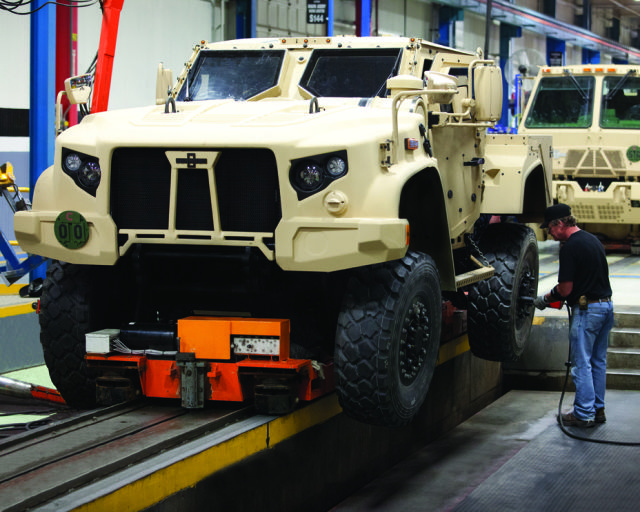TSAMTO, April 20. U.S. Deputy Secretary of Defense Kathleen Hicks and Acting Deputy Secretary of Defense for Procurement and MTO Andrew Hunter held a secret meeting with the leadership of eight major American defense companies at the Pentagon on April 13.
The meeting was the second event in the last three months with the participation of the leadership of the US Department of Defense and representatives of the American defense industry. In early February, K. Hicks, together with Defense Minister Lloyd Austin, held a meeting with the heads of enterprises engaged in hypersonic systems.
The topic of the new discussion was the current military assistance to Ukraine, as well as maintaining the combat readiness of the US armed forces, allies and partners.
The invited guests included representatives of Boeing Defense, Space & Security, L3Harris Technologies, Raytheon Technologies, BAE Systems, Lockheed Martin Corporation, Huntington Ingalls Industries, General Dynamics and Northrop Grumman.
Kathleen Hicks reported on the work already done to ensure the requests of Ukraine, the supply of weapons from the presence of the US Armed Forces, purchases directly from contractors for quick delivery to Ukraine and assistance in the transfer of weapons to the Ukrainian Armed Forces by allies and partners.
As stated, since February 24, the United States has provided military assistance to the Armed Forces of Ukraine in the amount of $ 2.6 billion, mainly from the presence of the US Armed Forces. The $800 million package, which was announced on April 13, was the seventh in a row.
The US Department of Defense reported that as of April 14, more than 1,400 Stinger MANPADS, 5,500 Javelin ATGM, 700 Switchblade barrage ammunition, 7,000 small arms, 50 million rounds of ammunition, 18 155-mm howitzers and 40 thousand 155-mm shells, 16 Mi-helicopters were delivered to the Armed Forces of Ukraine.17, hundreds of Humvee armored vehicles and 200 M-113 armored personnel carriers.
Recently, the US Congress finalized the draft budget bill for 2022, which provides for new assistance in the amount of $ 13.6 billion to overcome the Ukrainian crisis.
The Deputy Minister stressed the importance of direct dialogue with enterprises in order to guarantee the readiness to fulfill three strategic tasks: providing critical weapons to Ukraine; increasing the combat readiness of its troops; supporting allies and partners in strengthening their defense potential.
The dialogue focused on accelerating the production and deployment of systems that are crucial for providing military assistance to Ukraine, as well as on broader efforts to increase the combat readiness of the US Armed Forces, allies and partners.
The leadership of the US Defense Ministry sought to get information about the difficulties faced by large companies of the military-industrial complex in the course of increasing production and how the ministry can help solve these problems.
Particular attention was paid to the issues of accelerating production and creating additional industrial capacities for the production of weapons and equipment that have proven their effectiveness on the battlefield, which can be quickly exported and deployed with minimal preparation. During the dialogue, the issue of the existing potential in such segments as air defense, anti-tank, anti-personnel systems, coastal defense, counter-battery warfare and communication systems was also raised.
According to Defense News, Mark Cancian, senior adviser at the Center for Strategic and International Studies, recently calculated on the basis of reports from the Ministry of Defense that now the US Armed Forces probably transferred about a third of the Javelin ATGM stock to Ukraine and from 20,000 to 25,000 units remain available. To increase the production rate of Javelin from 1000 units per year to a maximum capacity of about 6480 units, manufacturers will need about a year. It will take 32 months to replenish the reserves of the US Armed Forces, unless the president applies the "Law on Defense Production" to set priorities for the supply of components to the manufacturer, which is the Lockheed Martin-Raytheon joint venture.
Among other problematic issues that will arise when increasing production, American analysts call the lack of skilled labor in the United States, problems with building supply chains, changes in demand for purchased products.

